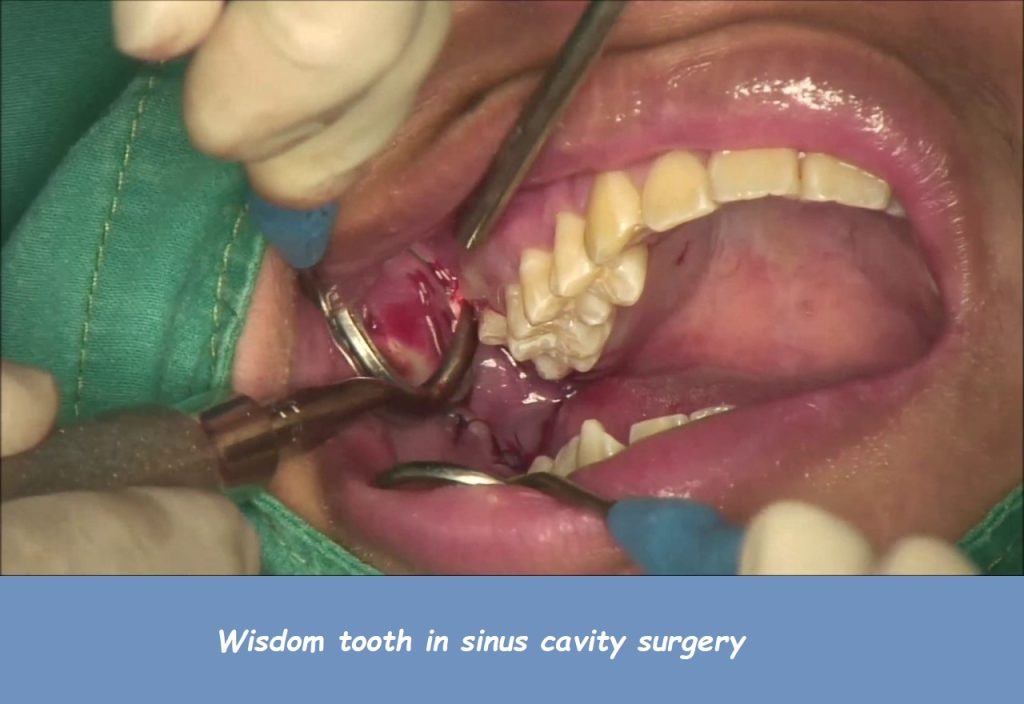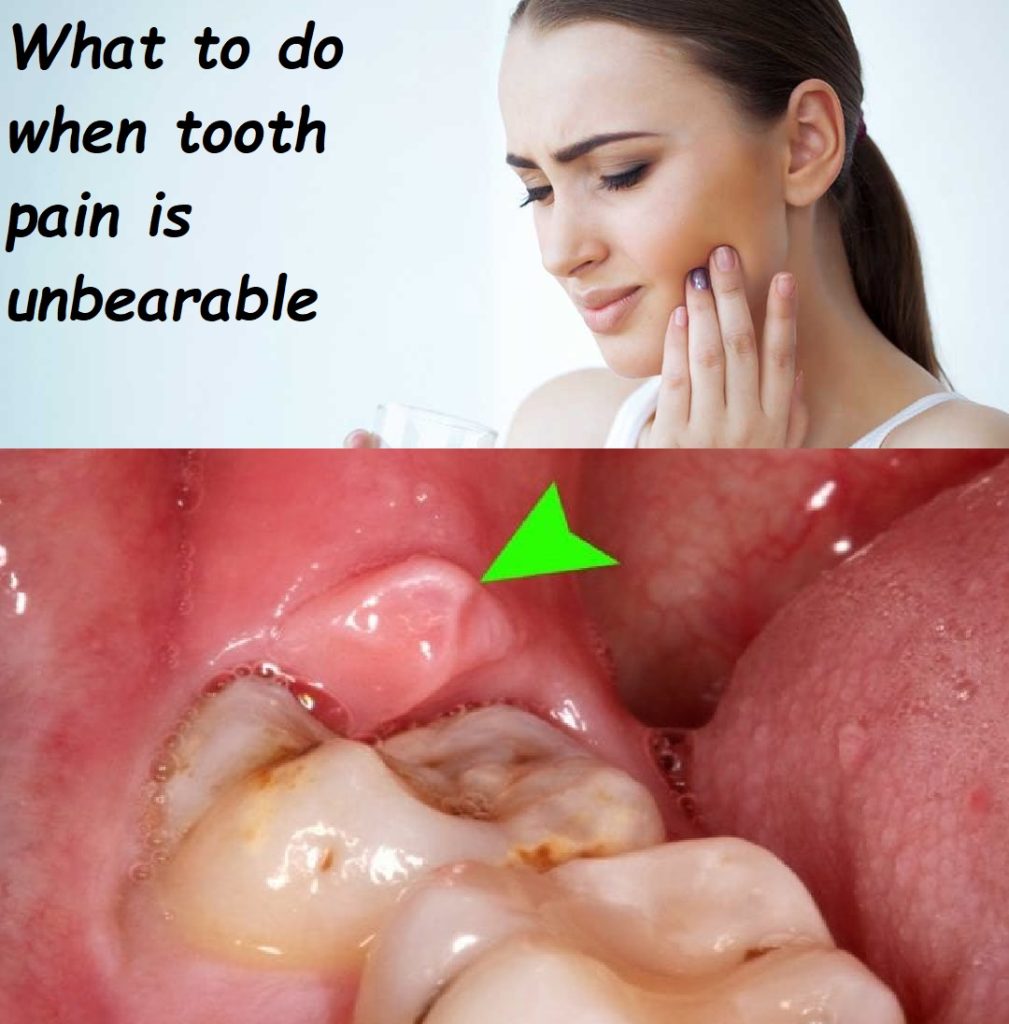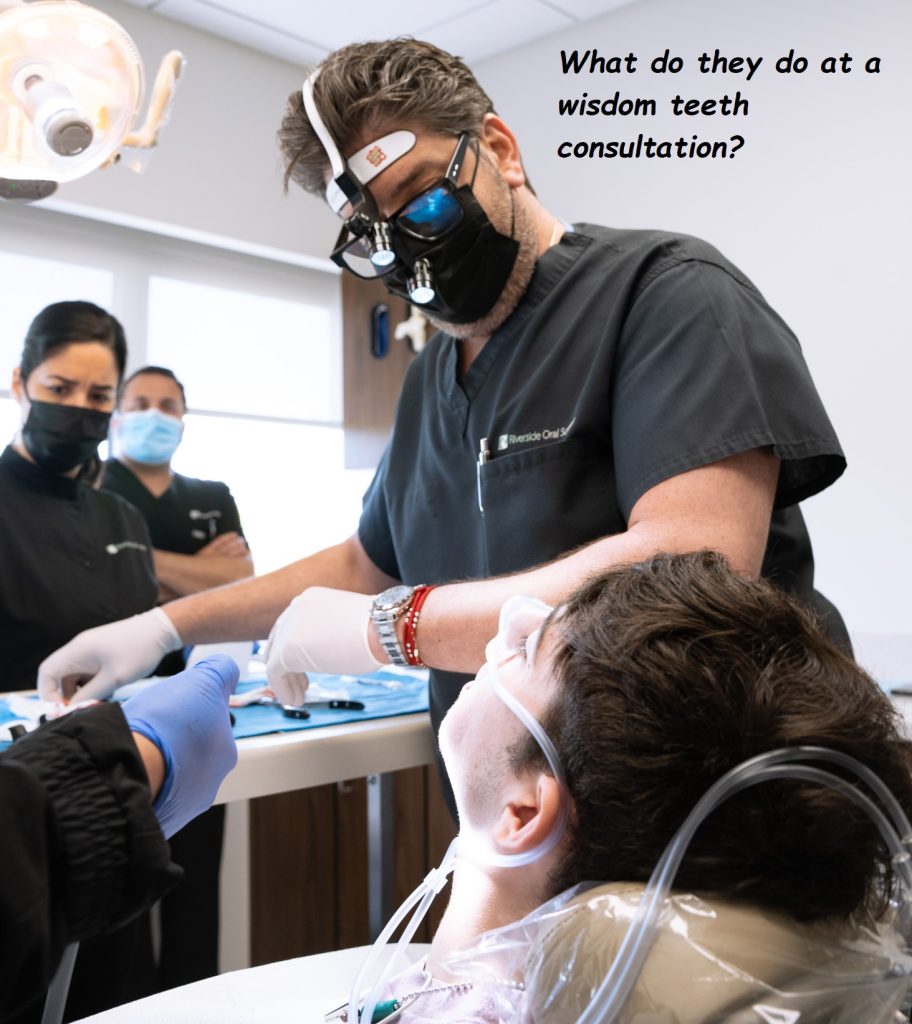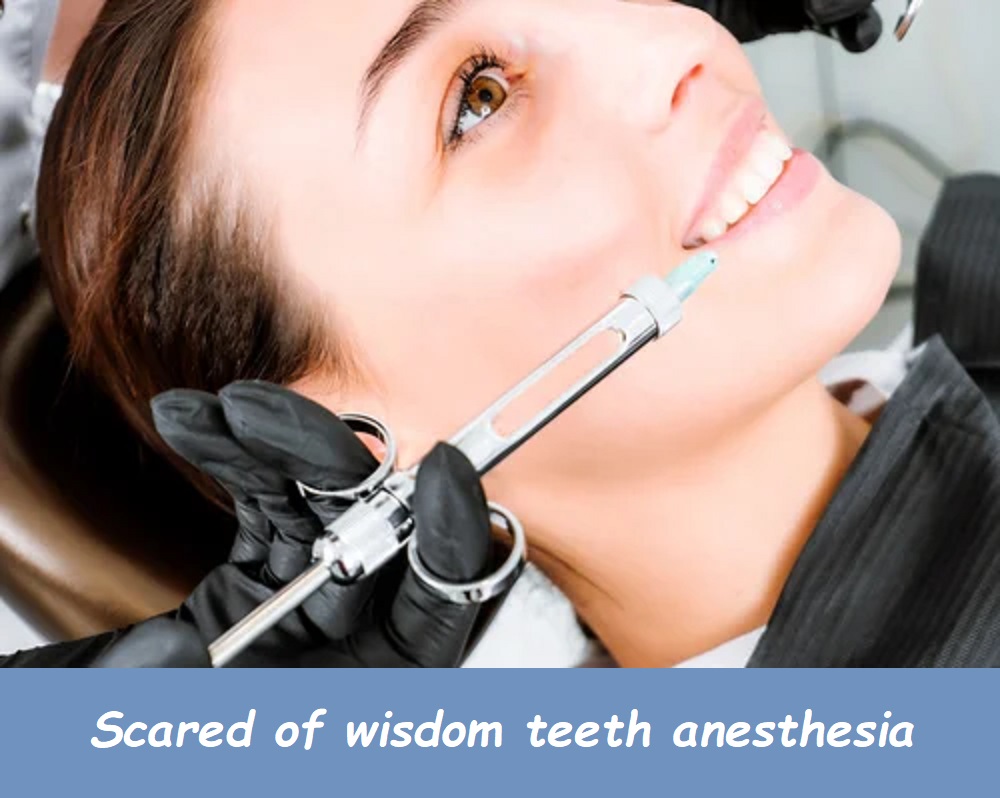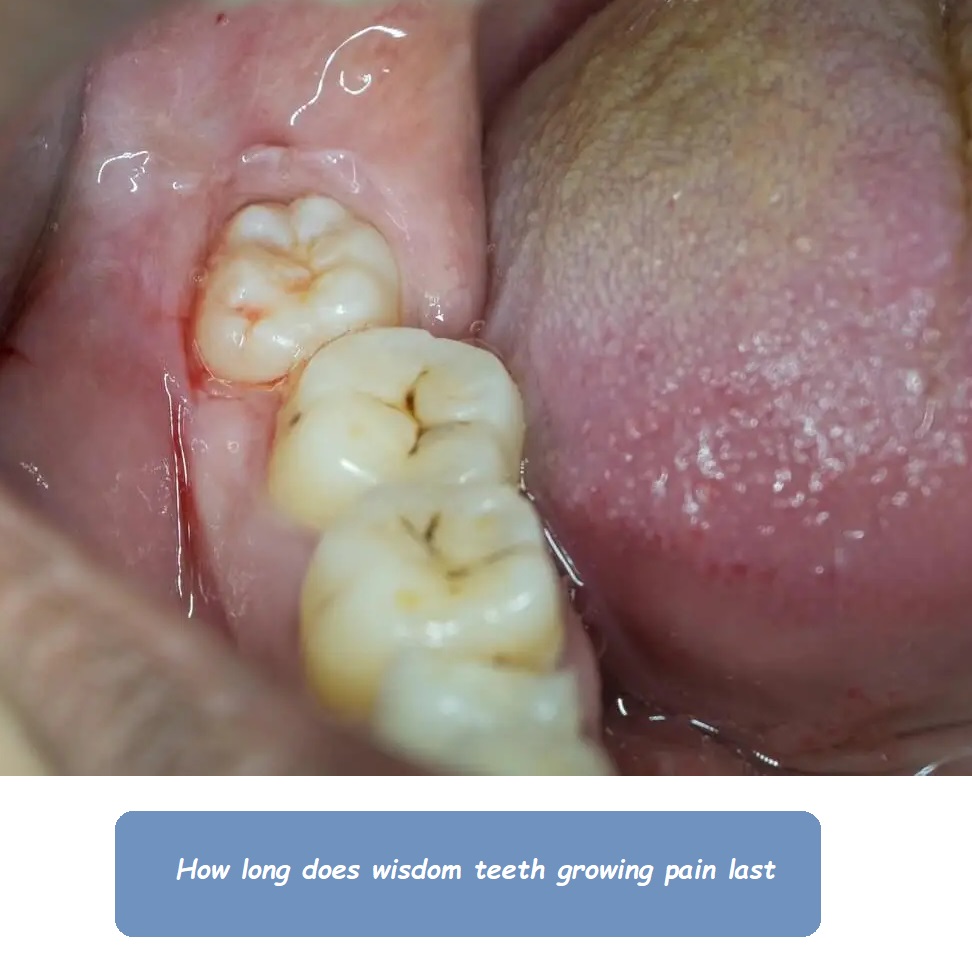can you eat ramen after wisdom teeth removal
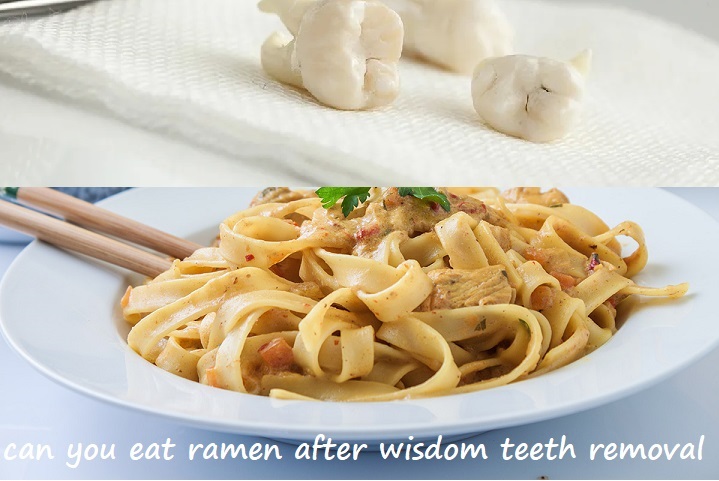
Wisdom teeth removal is a common dental procedure that requires careful post-operative care, including a specific diet to promote healing and prevent complications. One frequently asked question is, “Can you eat ramen after wisdom teeth removal?” This guide explores the suitability of ramen as a post-surgery meal, along with detailed recommendations for a proper diet following wisdom teeth extraction.
Understanding Wisdom Teeth Removal
1. Why Wisdom Teeth Are Removed:
- Impaction: Wisdom teeth often become impacted, meaning they do not fully emerge through the gums, leading to pain, swelling, and infection.
- Crowding: Emerging wisdom teeth can crowd existing teeth, causing misalignment.
- Decay and Gum Disease: Partially erupted wisdom teeth are difficult to clean, increasing the risk of cavities and gum disease.
2. The Extraction Process:
- Consultation: A thorough examination and X-rays help determine the need for extraction.
- Procedure: Performed under local anesthesia, sedation, or general anesthesia, the dentist or oral surgeon removes the wisdom teeth.
- Recovery: Healing typically takes a few days to a week, during which careful attention to diet and oral hygiene is essential.
Post-Operative Care
1. Managing Pain and Swelling:
- Medications: Over-the-counter pain relievers and prescribed medications help manage pain and inflammation.
- Ice Packs: Applying ice packs to the cheeks reduces swelling.
2. Oral Hygiene:
- Gentle Brushing: Avoid the extraction site while brushing and use a soft-bristled toothbrush.
- Rinsing: Use a saltwater rinse to keep the mouth clean and promote healing, but avoid vigorous rinsing.
The Importance of Diet After Surgery
1. Promoting Healing:
- Nutrient Intake: A balanced diet rich in vitamins and minerals supports the body’s healing process.
- Soft Foods: Soft foods minimize irritation to the extraction site and reduce the risk of dislodging the blood clot, which can lead to dry socket.
2. Preventing Complications:
- Avoiding Hard and Chewy Foods: Foods that require excessive chewing or are hard can disturb the surgical site.
- Temperature Considerations: Very hot or cold foods can cause discomfort and may interfere with the healing process.
Ramen as a Post-Surgery Food
1. Texture and Consistency:
- Soft Noodles: Ramen noodles are generally soft and easy to chew, making them a suitable option for post-surgery consumption.
- Broth: The broth provides hydration and can be soothing, but care must be taken with its temperature.
2. Nutritional Content:
- Protein and Vegetables: Adding protein (like tofu or soft eggs) and vegetables (like spinach or mushrooms) to ramen enhances its nutritional value.
- Sodium Levels: Many instant ramen varieties are high in sodium, which may not be ideal for everyone. Opting for low-sodium options or homemade ramen can be healthier.
3. Flavor Considerations:
- Spices and Seasonings: Strong spices and seasonings can irritate the extraction site. Mild flavors are preferable during the initial healing period.
How to Prepare Ramen After Wisdom Teeth Removal
1. Choosing the Right Type of Ramen:
- Instant vs. Fresh: Fresh ramen noodles tend to be softer and more nutritious than instant varieties.
- Low-Sodium Options: Opt for low-sodium broth or make your own to control the salt content.
2. Cooking Tips:
- Softening Noodles: Cook the noodles until they are very soft to minimize chewing.
- Temperature Control: Ensure the broth is warm but not hot to avoid irritating the extraction site.
3. Adding Nutrients:
- Proteins: Soft tofu, poached eggs, or shredded chicken can provide protein without being too hard to chew.
- Vegetables: Cooked, soft vegetables like spinach, carrots, and mushrooms can add vitamins and minerals.
Alternatives to Ramen
1. Other Soft Foods:
- Mashed Potatoes: Creamy and easy to eat, mashed potatoes are a popular post-surgery food.
- Smoothies: Blended fruits and vegetables can provide a nutrient-rich meal.
- Scrambled Eggs: Soft and easy to chew, scrambled eggs are an excellent source of protein.
- Oatmeal: Soft and easily digestible, oatmeal can be a comforting meal option.
2. Soups:
- Broth-Based Soups: Clear broths or blended soups like butternut squash or tomato can be soothing and nutritious.
- Cream Soups: Creamy soups, such as potato leek or cream of mushroom, offer a smooth texture that’s easy to consume.
Foods to Avoid After Wisdom Teeth Removal
1. Hard and Crunchy Foods:
- Chips and Nuts: These can disturb the extraction site and cause pain.
- Raw Vegetables: Carrots, celery, and other hard vegetables should be avoided until healing is complete.
2. Sticky and Chewy Foods:
- Chewing Gum: Gum can stick to the surgical site and dislodge the blood clot.
- Candies: Sticky candies pose a similar risk and can be difficult to chew.
3. Spicy and Acidic Foods:
- Hot Peppers and Sauces: These can irritate the mouth and extraction site.
- Citrus Fruits: Oranges, lemons, and other citrus fruits may cause discomfort.
Hydration and Fluid Intake
1. Importance of Hydration:
- Promotes Healing: Staying hydrated supports overall health and accelerates the healing process.
- Prevents Dry Mouth: Adequate fluid intake helps maintain saliva production, which is important for oral health.
2. Suitable Beverages:
- Water: The best option for staying hydrated without adding any irritants to the extraction site.
- Herbal Teas: Mild, warm herbal teas can be soothing and hydrating.
3. Beverages to Avoid:
- Alcohol: Can interfere with medications and delay healing.
- Caffeinated Drinks: Excessive caffeine can dehydrate the body.
- Carbonated Beverages: Fizzy drinks can cause discomfort and may irritate the surgical site.
Managing Discomfort and Complications
1. Recognizing Dry Socket:
- Symptoms: Severe pain, bad breath, and an empty-looking socket.
- Prevention: Avoid using straws, smoking, and consuming crunchy foods that can dislodge the blood clot.
2. Addressing Inflammation:
- Ice Packs: Apply ice packs to the cheeks to reduce swelling.
- Anti-Inflammatory Medications: Follow the dentist’s recommendations for medications to manage inflammation.
3. When to Seek Help:
- Severe Pain: If pain persists or worsens, contact your dentist.
- Excessive Bleeding: If bleeding continues beyond the expected period, seek medical advice.
- Signs of Infection: Symptoms such as fever, increased swelling, or pus indicate the need for immediate medical attention.
Long-Term Dietary Considerations
1. Gradually Reintroducing Foods:
- Soft to Solid Transition: Start with very soft foods and gradually reintroduce more solid foods as healing progresses.
- Monitoring Reactions: Pay attention to any discomfort or difficulty chewing and adjust your diet accordingly.
2. Balanced Diet:
- Nutrient-Rich Foods: Focus on a balanced diet rich in proteins, vitamins, and minerals to support overall health.
- Hydration: Continue to prioritize hydration to maintain oral and overall health.
Conclusion
The question, “Can you eat ramen after wisdom teeth removal?” is best answered by considering the texture, temperature, and nutritional content of the ramen. While soft, warm ramen with mild flavors can be a suitable option, it’s crucial to avoid hot, spicy, or hard-to-chew additions. Adhering to post-operative dietary guidelines, managing discomfort, and monitoring healing will ensure a smooth recovery. By following the recommendations provided in this comprehensive guide, you can make informed dietary choices that promote healing and comfort after wisdom teeth removal.



